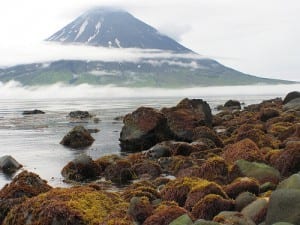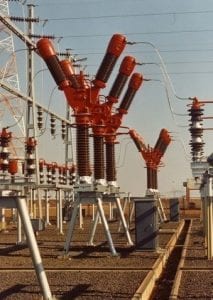Out of the Ordinary
An Alaska Volcano sends a plume of ash several thousand feet high into the sky
Scott Hixson

One pilot estimated the ash cloud rose 35,000 feet into the sky
An Alaskan volcano in the Aleutian island chain that has rumbled with activity for the past year has come to life with a stunning ejection of ash several miles into the sky, according to Alaskan scientists.
The Alaskan volcano, Cleveland Volcano, is a 5,676-foot (1,730 meter) peak on an uninhabited Aleutian island 940 miles southwest of Anchorage. The eruption occurred at approximately 2:05 p.m. local time on Tuesday, according to the Alaska Volcano Observatory.
The observatory reported that a pilot flying in the area estimated the ash cloud rose some 35,000 feet above sea level.
Stephanie Prejean, a U.S. Geological Survey seismologist at the observatory in Anchorage, disputes the pilot’s estimation, citing satellite imagery that shows only a thin, weak ash cloud that likely dissipated quickly.
“It is just one explosion, which was very typical of the thing Cleveland has been doing in the past year, said Prejean, who added that it is possible the cloud rose to less than 35,000 feet, as that height was only one pilot’s estimation.
Prejean warns that the Alaskan volcano could explode again at any time. Despite being one of the most active volcanoes in Alaska, the Cleveland Volcano has no on-site seismic monitoring equipment. According to Prejean, the Alaska Volcano Observatory must rely on satellite imagery, records of lightning strikes, witness reports and other evidence to ascertain when an eruption has taken place.
Prejean warns that the Alaskan volcano could erupt again at any time. This is in stark contrast to an apparent slowdown in activity at Cleveland Volcano in recent months. The alert level for the Alaskan volcano was lowered from the urgent “orange” watch status to the “yellow” advisory status by the Alaska Volcano Observatory just three weeks ago.
“Obviously, it has some oomph left in it,” said Tina Neal, a geologist at the Alaska Volcano Observatory.

















